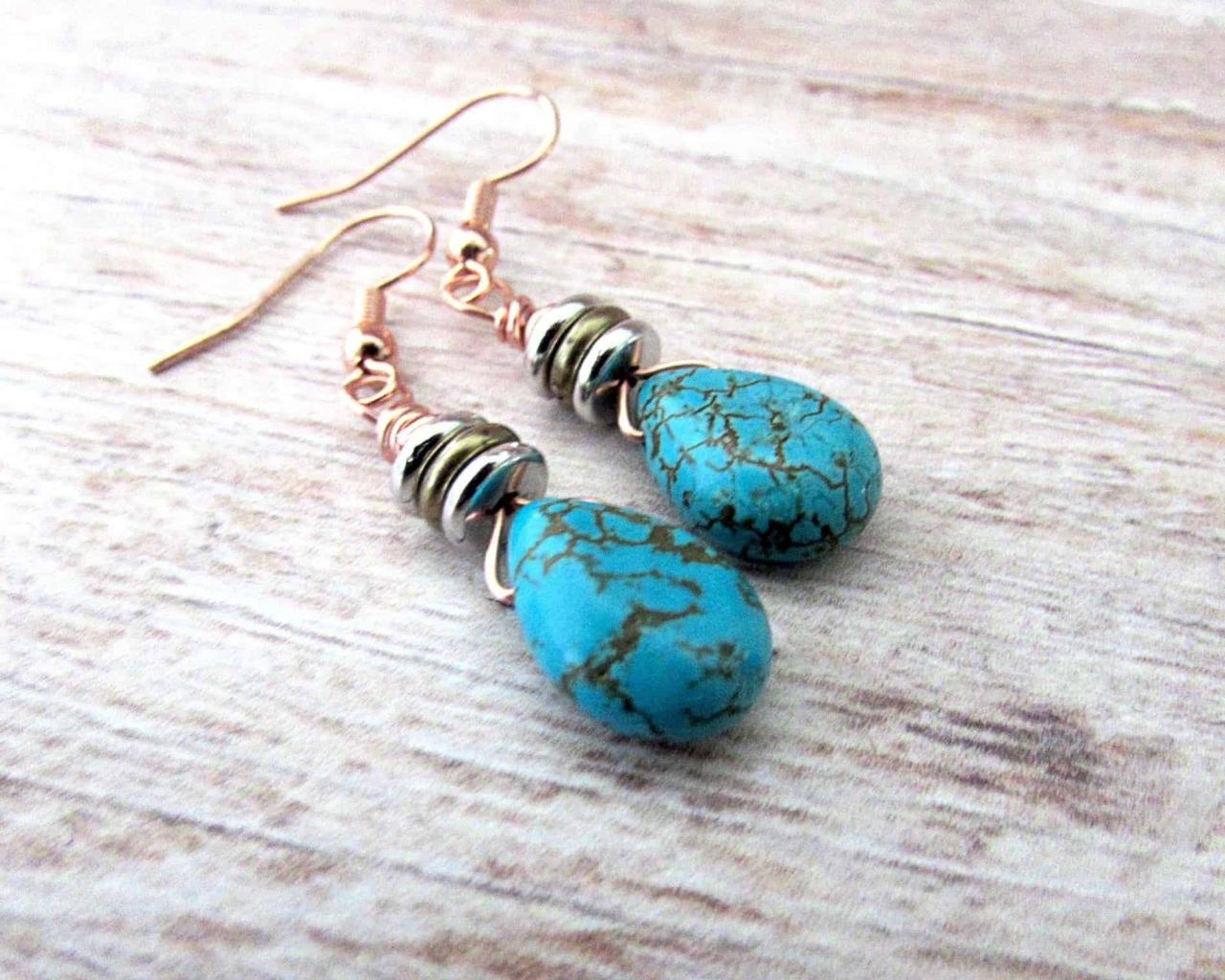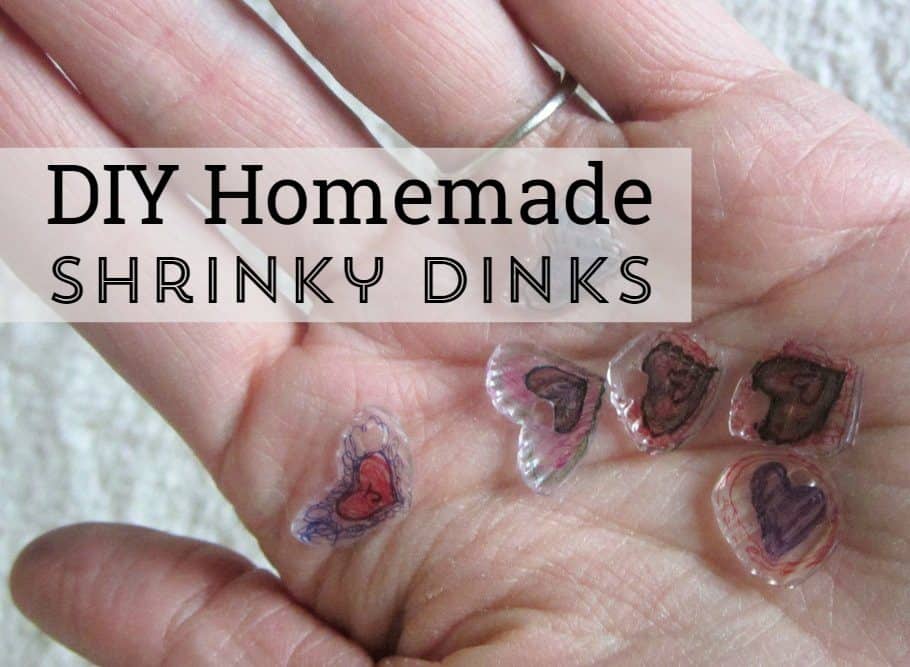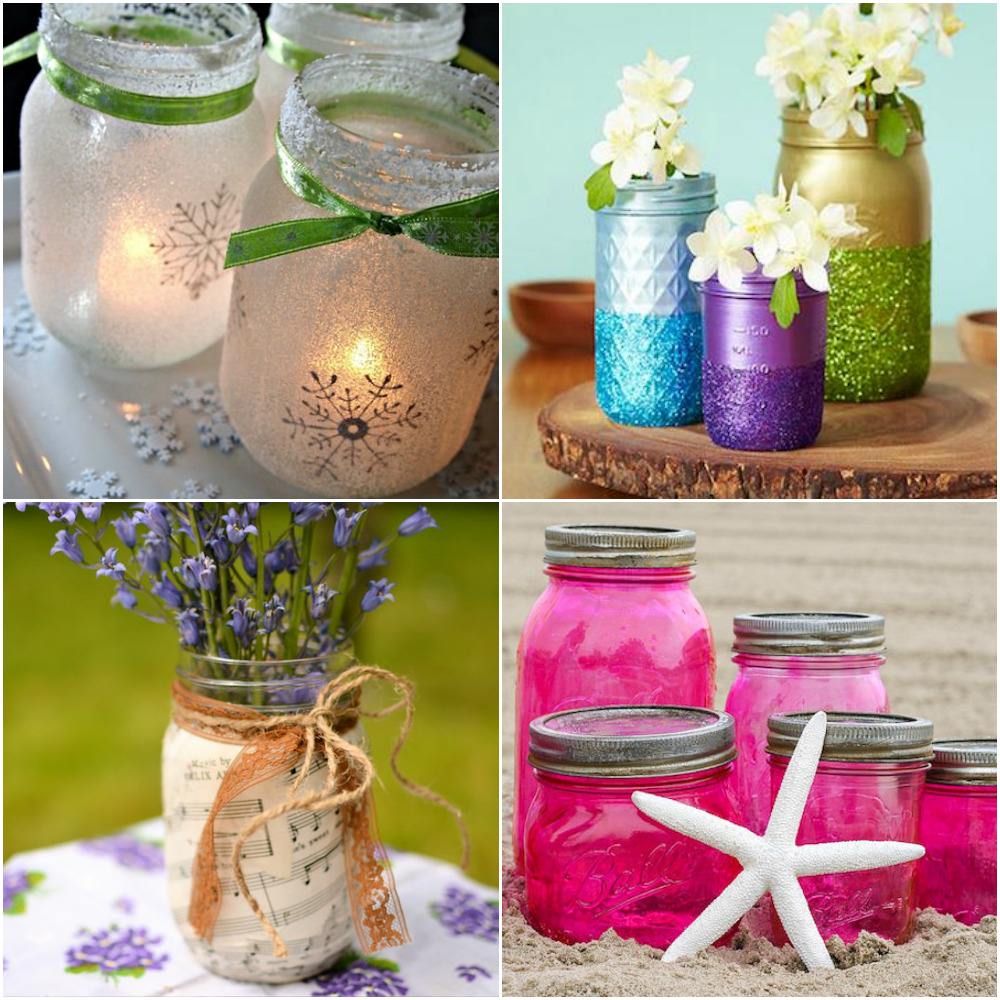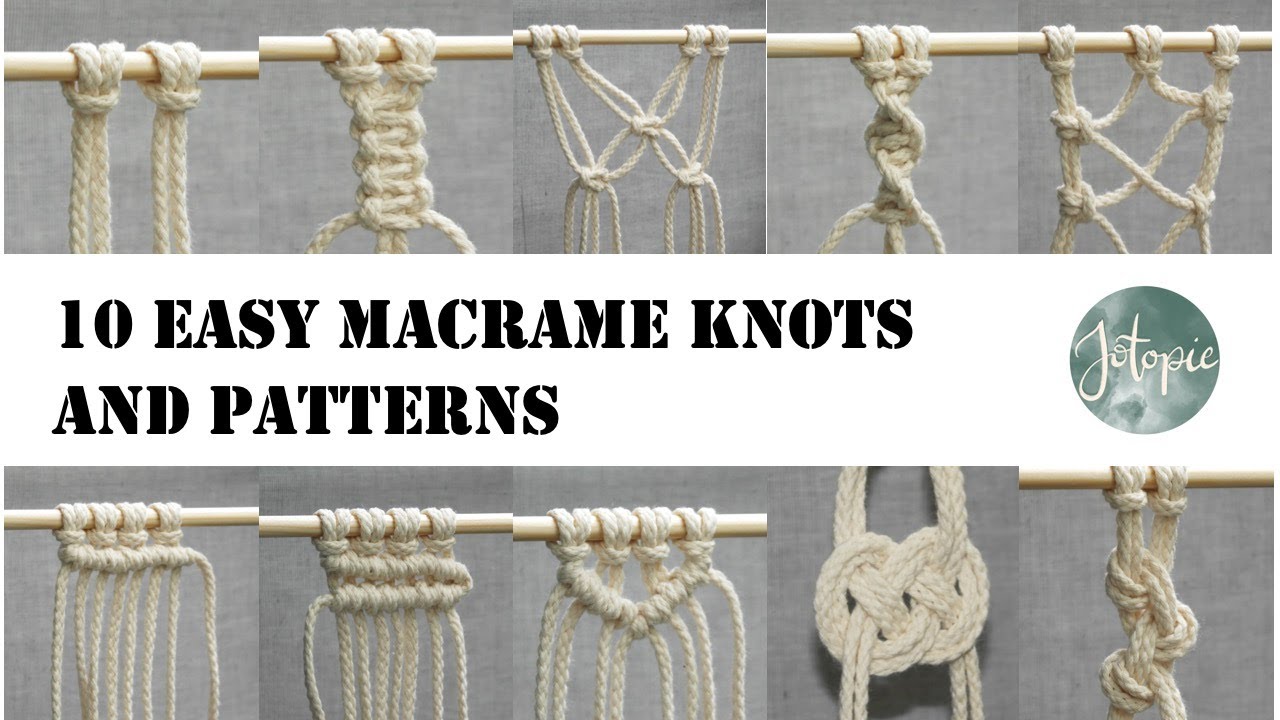Making earrings is a fun and rewarding craft that allows you to express your creativity and create unique pieces of jewelry. Whether you’re a seasoned artisan or just starting out, this guide will equip you with the knowledge and skills to craft beautiful and personalized earrings.
From understanding basic materials and techniques to exploring advanced design concepts and business considerations, this comprehensive guide will walk you through every step of the earring-making journey. We’ll cover everything from selecting the right tools and materials to creating intricate wirework patterns, incorporating gemstones and beads, and finishing your earrings with a professional touch.
Materials and Tools

Creating earrings requires a variety of materials and tools, from basic supplies to specialized equipment. The specific materials and tools you’ll need will depend on the design and techniques you choose.
Metals
Metals are a popular choice for earring components, offering durability, versatility, and aesthetic appeal.
- Sterling Silver: A classic choice known for its hypoallergenic properties, tarnish resistance, and elegant finish. It is often used for earring findings, posts, and wires.
- Gold Filled: A cost-effective alternative to solid gold, gold-filled wire consists of a solid core of brass or sterling silver coated with a thick layer of gold. It offers the look and durability of solid gold at a lower price.
- Copper: A versatile metal that can be easily shaped and soldered. Copper is often used for wire wrapping and creating intricate designs.
- Brass: A durable and affordable metal known for its warm golden tone. It is commonly used for findings, wire, and beads.
- Aluminum: A lightweight and hypoallergenic metal, often used for wire wrapping and creating contemporary designs.
Beads
Beads are a fundamental element of earring design, adding color, texture, and visual interest.
- Glass Beads: Available in a wide range of colors, sizes, and shapes, glass beads offer brilliance and versatility. They are often used for statement earrings and intricate designs.
- Gemstone Beads: Natural gemstones add elegance and uniqueness to earrings. They come in a variety of colors, shapes, and sizes, each with its own unique properties and meaning.
- Ceramic Beads: Durable and often featuring intricate designs, ceramic beads offer a matte finish and a range of colors. They are popular for boho-inspired earrings.
- Wooden Beads: Offering a natural and earthy aesthetic, wooden beads come in various sizes, shapes, and finishes. They are often used for minimalist and rustic designs.
- Acrylic Beads: Lightweight and available in a wide range of colors and shapes, acrylic beads are a budget-friendly option for contemporary designs.
Findings
Findings are the essential components that connect the different parts of an earring and allow for secure wear.
- Earring Posts: Available in various sizes and materials, earring posts are the foundation of most earrings. They are typically made of sterling silver, gold-filled, or surgical steel.
- Earring Hooks: These are curved wires that attach to the earlobe. They are available in different styles, including French hooks, leverbacks, and fishhooks.
- Earring Wires: These are thin wires used to connect beads and other components to the earring posts or hooks. They are available in various materials and gauges.
- Jump Rings: Small, circular rings used to connect different components of the earring. They are available in various sizes and materials.
- Bead Caps: These are small, decorative caps that cover the top of a bead, providing a finished look and protecting the bead from wear and tear.
Tools, Making earrings
The right tools can make earring making easier and more efficient.
- Wire Cutters: These are essential for cutting wire to the desired length. They should be sharp and durable.
- Round Nose Pliers: These pliers are used for bending wire into loops and creating shapes.
- Flat Nose Pliers: These pliers are used for flattening wire and creating flat shapes.
- Chain Nose Pliers: These pliers are used for holding and manipulating small components.
- Jewelry Pliers: A set of jewelry pliers typically includes a variety of pliers for different tasks, such as crimping, bending, and cutting.
- Beading Needle: These needles are used for threading beads onto wire or string.
- Beading Wire: This is a strong and flexible wire specifically designed for beading. It is available in different gauges and materials.
- Jewelry Glue: This adhesive is used to secure beads and other components to the earring findings. It should be strong and durable.
- Soldering Iron: Used for joining metal components together, soldering requires specialized tools and safety precautions.
Types of Wire
The type of wire used in earring making is crucial for achieving the desired look and durability.
- Round Wire: This is the most common type of wire used for earring making. It is available in various gauges and materials.
- Square Wire: This type of wire has a square cross-section, which gives it a more angular look. It is often used for creating modern and geometric designs.
- Memory Wire: This wire is designed to retain its shape after being bent. It is often used for creating hoops and other shapes that need to hold their form.
- Wire for Beading: This wire is specifically designed for threading beads. It is usually thin and flexible, making it easy to work with.
Selecting the Right Tools
The specific tools you’ll need for earring making will depend on the designs you create.
- For Wire Wrapping: You will need wire cutters, round nose pliers, flat nose pliers, and chain nose pliers.
- For Beading: You will need beading needles, beading wire, and jewelry pliers.
- For Soldering: You will need a soldering iron, flux, solder, and safety glasses.
Basic Techniques: Making Earrings

Once you have gathered your materials and tools, it’s time to learn the fundamental techniques for crafting earrings. These techniques will form the foundation for creating a wide variety of earring designs.
Working with Wire
Wire is a versatile material for earrings, allowing for various shapes and styles. Learning how to cut, shape, and bend wire is crucial for creating custom earrings.
- Cutting Wire: Use wire cutters to cut wire to the desired length. Ensure the wire cutters are sharp and positioned correctly for a clean cut. To prevent fraying, make sure the wire cutters are cutting through the entire wire at once, without crushing or bending the wire.
- Shaping Wire: Round-nose pliers and flat-nose pliers are essential for shaping wire. Round-nose pliers create curves and loops, while flat-nose pliers help straighten wire and create flat sections.
- Bending Wire: For intricate bends, use a combination of pliers and your fingers. For example, to create a simple loop, wrap the wire around the round-nose pliers and bend it into a circle. Use your fingers to refine the shape and ensure a smooth, even loop.
Attaching Findings
Findings are the components that connect your earring design to the ear. They include loops, hooks, and posts.
- Loops: Loops are small wire circles that allow you to attach other components, such as jump rings or beads. To attach a loop, simply open the jump ring with your pliers and thread it through the loop. Then, close the jump ring securely.
- Hooks: Hooks are the most common type of earring finding, designed to hang from the ear. They usually have a small loop at the top, which you can attach to your earring design using a jump ring.
- Posts: Posts are designed to be inserted through the ear piercing. They typically have a small backing that keeps them in place. To attach a post, simply thread your earring design onto the post and secure it with the backing.
Creating Basic Earring Shapes
Once you’ve mastered the basic wire techniques and are familiar with findings, you can create a variety of earring shapes.
- Hoops: To create hoops, simply bend a length of wire into a circle using round-nose pliers. Secure the ends of the wire by twisting them together or soldering them. You can then embellish the hoops with beads, wire wraps, or other decorative elements.
- Drops: Drop earrings can be made from a variety of materials, including wire, beads, and polymer clay. To create a simple wire drop earring, bend a length of wire into a teardrop shape. You can then add beads, wire wraps, or other embellishments to the drop.
- Studs: Studs are small earrings that are attached to the ear with a post. You can create studs from a variety of materials, such as metal, polymer clay, or resin. For a simple wire stud, cut a small piece of wire and bend it into a shape, such as a circle or a square. Then, attach the wire to a post using a jump ring.
Summary

With practice and a touch of creativity, you can transform your passion for earring making into a fulfilling hobby or even a thriving business. So, gather your materials, embrace your artistic vision, and embark on a journey of crafting stunning earrings that reflect your unique style and personality.
Making earrings can be a fun and rewarding hobby, especially if you’re looking for a creative outlet. Finding the right materials and tools can be a bit overwhelming, but once you have everything you need, the possibilities are endless.
You might even need to download a file from the internet, like a pattern or tutorial, which is where a program like win rar download can come in handy for extracting compressed files. Once you have everything downloaded and ready to go, you can start creating your own unique and beautiful earrings!




